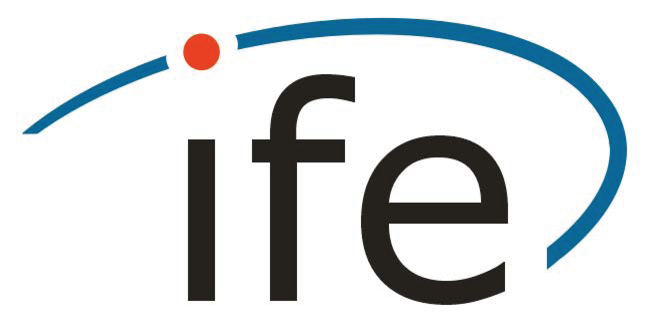Evaluation of Deployable Solar Panels on GRACE-like Satellites by Closed-Loop Simulations
- authored by
- Andreas Leipner, Alexey Kupriyanov, Arthur Reis, Annike Knabe, Manuel Schilling, Vitali Müller, Matthias Weigelt, Jürgen Müller, Meike List
- Abstract
Future satellite gravimetry missions seek to surpass the performance of CHAMP, GOCE, GRACE, and GRACE-FO to meet increasing scientific and operational demands. These missions will integrate advanced technologies, including optical and quantum accelerometers, high-precision inter-satellite laser ranging, and micro-Newton electric thrusters. However, increased power demands for sensors and propulsion systems require larger solar panels, constrained by payload mass and launcher limitations. This study assesses the impact of modified satellite shapes on gravity field recovery (GFR) using closed-loop simulation. Five satellite configurations were analyzed: a standard shape and variations with single and double solar panels mounted on the top and bottom of the satellite body, each modeled with distinct finite element models and moments of inertia. Orbit simulations accounted for non-spherical static gravity and time-variable non-gravitational forces. Performance of a simplified gravitational reference sensor (SGRS) with optical interferometer test mass displacement readout was evaluated. The air drag coefficient, a complex parameter influenced by multiple factors, was varied from 2.25 (standard) to 4.5 (double-panel). Time-variable gravity background models were excluded to isolate instrument performance effects. Gravity models were evaluated in the spectral domain using Degree RMS of spherical harmonic coefficient differences. Discrepancies between configurations stemmed primarily from variations in SGRS actuation noise due to satellite cross-sectional area. Convergence of residuals in the spectral domain for the double-panel configuration under different drag coefficients confirmed the dominant role of SGRS performance in GFR accuracy.
- Organisation(s)
-
Institute of Geodesy
- Type
- Article
- Journal
- Journal of Geodesy
- ISSN
- 0949-7714
- Publication date
- 03.2025
- Publication status
- Published
- Peer reviewed
- Yes
- Electronic version(s)
-
https://doi.org/10.48550/ARXIV.2503.21651 (Access:
Unknown)
-
Details in the research portal "Research@Leibniz University"




